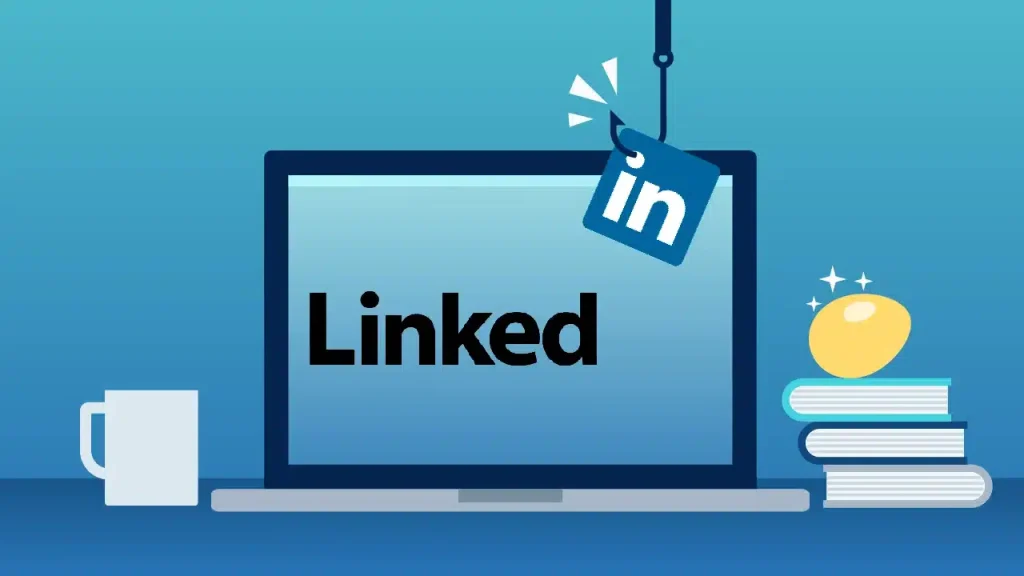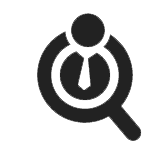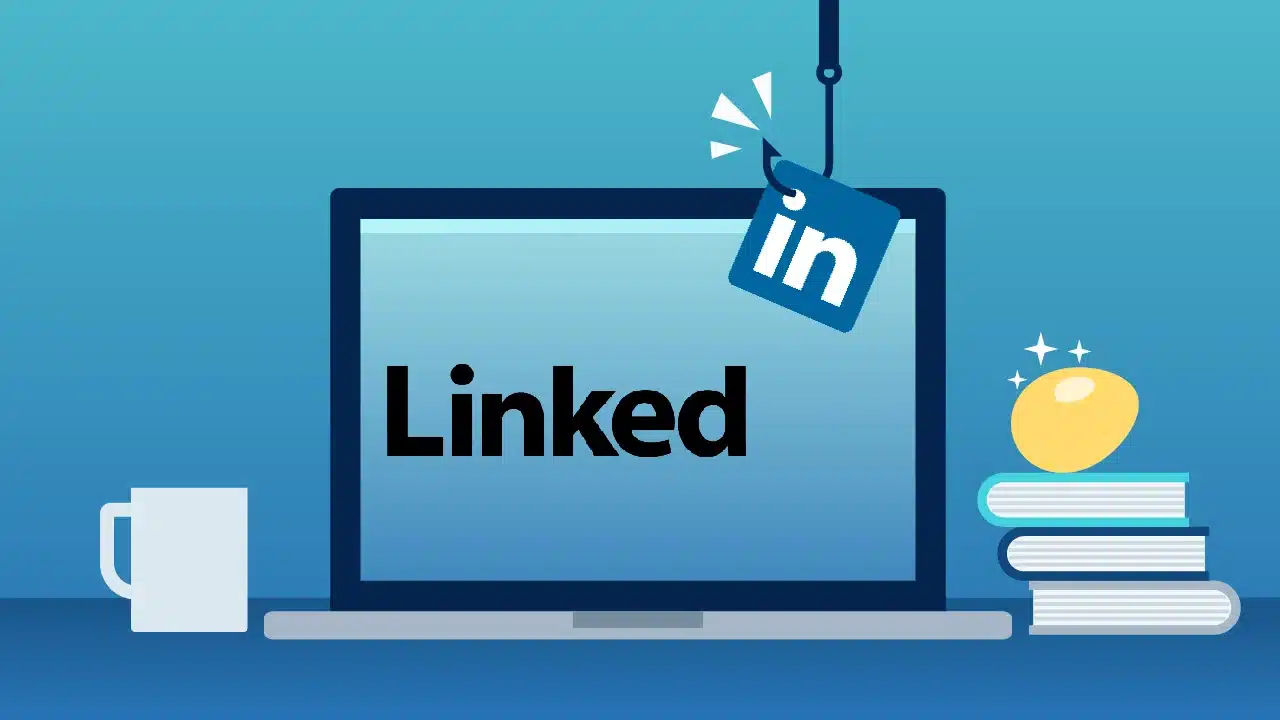
You might already know LinkedIn as a place to display your resume — but by 2025, it’s become the primary global platform where companies actively scout for talent, post unique job openings, and assess candidates holistically. If you’re serious about landing a great job, mastering LinkedIn is a game-changer.
Why LinkedIn Matters More Than Ever
LinkedIn connects over 900 million professionals across 200+ countries. It’s more than just a job board — it’s a social-professional network where candidate visibility, content, and relationships make a difference.
Key LinkedIn facts:
- LinkedIn publishes thousands of job postings daily across many industries.
- The platform’s AI-driven matching suggests roles aligned with your skills, location, and activity.
- Many employers weigh LinkedIn Learning certifications, contributions, and engagement when evaluating candidates.
In short — having a dormant LinkedIn profile won’t cut it. To stand out, you need to be strategic, active, and visible.
Step 1: Build a Magnetic LinkedIn Profile
Your profile is your digital first impression. It serves as resume, personal brand statement, and recruiter magnet — all in one.
Focus on these elements:
- Professional photo: Clear, friendly headshot with a simple background.
- Compelling headline: Go beyond your title — show value. E.g. “Product Manager | Driving user-centric solutions at scale.”
- Summary (About section): Tell your story — what motivates you, what you specialize in, and what you bring to the table.
- Experience section: Use strong action verbs, quantify results where possible, and weave in keywords relevant to your industry.
- Skills & endorsements: Add ~5–10 key skills. Request endorsements from peers or past teams.
- Recommendations: Ask former managers or colleagues to provide short, specific endorsements of your performance.
💡 Pro tip: Mirror the language (keywords) from job descriptions in your profile. That improves your searchability on LinkedIn’s algorithms.
Step 2: Use LinkedIn’s Job Search Like a Pro
LinkedIn’s job engine is rich — use it wisely to get ahead.
Effective search tips:
- Use filters (location, remote, industry, experience level).
- Use “Easy Apply” filter when you’re confident your profile is polished.
- Enable job alerts to receive emails or mobile notifications for new matches.
- Save interesting jobs and keep track of those you applied to.
Popular roles on LinkedIn (frequently in demand):
- Software Engineers / Developers
- Data Scientists & Analysts
- Marketing / Content Specialists
- Product Managers
- HR / Talent Acquisition
- Operations / Business roles
As you engage (apply, save, click), LinkedIn’s algorithm learns your preferences and surfaces better matches over time.
Step 3: Connect, Network, and Get Referred
Referrals boost your chances dramatically — and LinkedIn is built for that.
Networking strategies:
- Connect with classmates, alumni, past/future collaborators, and industry peers.
- Participate in LinkedIn Groups related to your field.
- Engage (comment, share, post) thoughtfully to grow visibility.
When reaching out to recruiters or employees: send concise messages like:
“Hi [Name], I saw that your team is hiring for [Role]. I’ve followed your work in [area]. I’d love to learn more about what you’re looking for.”
If someone in your network works at a company you’re applying to, politely ask for a referral. Many teams encourage employee referrals — and it’s often a win-win.
Step 4: Upskill with LinkedIn Learning
Stand out by showing you’re intentional about growth.
LinkedIn Learning offers thousands of expert-led courses in areas such as:
- Leadership & Communication
- Software tools (Excel, Power BI, Adobe)
- Programming & Data (Python, SQL)
- Project Management & Agile
- Marketing Analytics & Strategy
Many of these courses come with certificates you can display on your profile — strengthening credibility with recruiters.
Step 5: Apply Smart, Not Just Fast
A tailored, thoughtful application often beats mass applying.
Before you apply:
- Research the company (culture, values, recent news).
- Customize resume & cover letter to reflect the job’s required skills.
- Follow the company’s LinkedIn page.
- Look for 2nd-degree connections in the company — they may refer you.
When applying:
- Use “Easy Apply” only when you’re confident your profile fully matches.
- Name your resume file clearly (e.g. “FirstLast_ProductManager_2025.pdf”).
- After applying, if possible, follow up politely after 3–7 days.
Benefits of Applying via LinkedIn
Why use LinkedIn over generic job sites?
- Verified companies — less risk of scams.
- Faster recruiter interactions — many hiring teams are active on LinkedIn.
- Built-in application tracking — keep tabs on your submissions.
- Personal brand visibility — every like, comment, article improves your footprint.
- Integrated learning and networking — everything in one platform.
Final Tip: Make Yourself Visible
Don’t go silent after building your profile — consistency is key.
- Post or share something every week — career insights, relevant articles, personal wins.
- Comment on posts in your field.
- Celebrate others (anniversaries, job changes) — authenticity creates connections.
LinkedIn’s algorithm rewards visibility. The more you engage, the more you show up — and that means more recruiter eyes on your profile.


